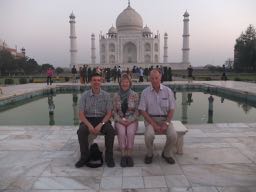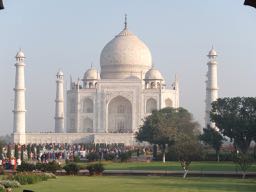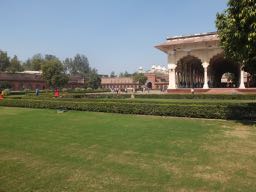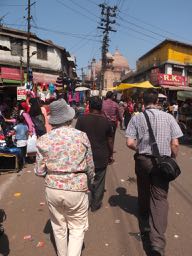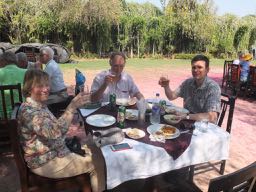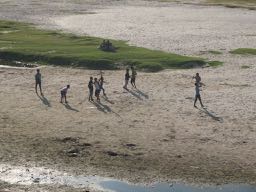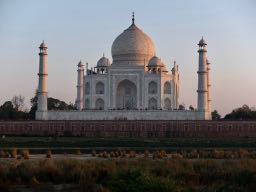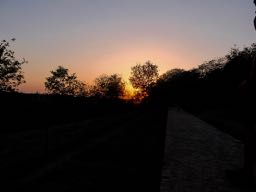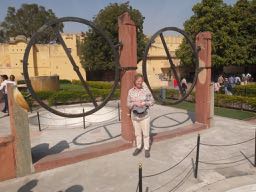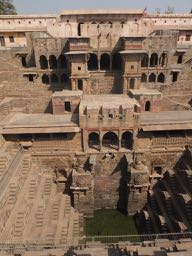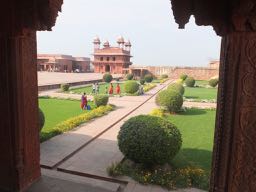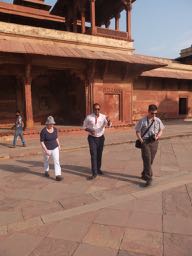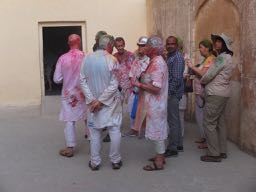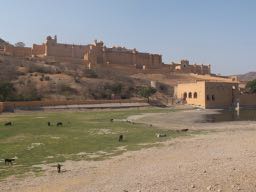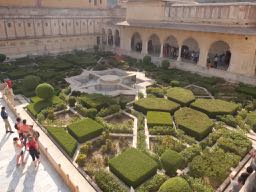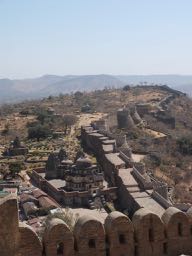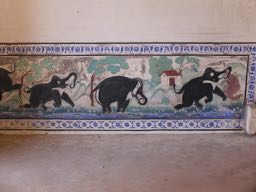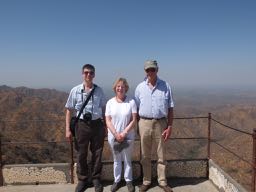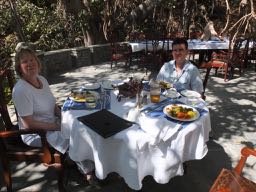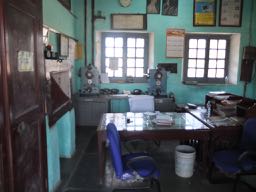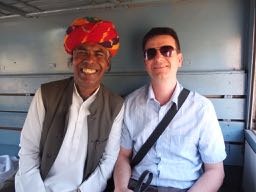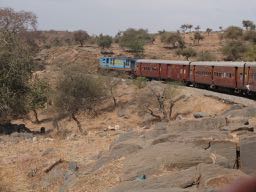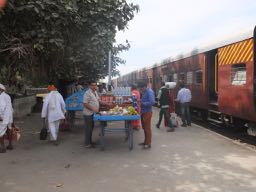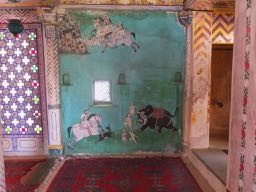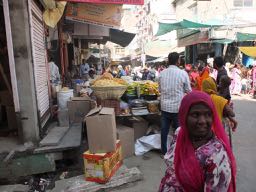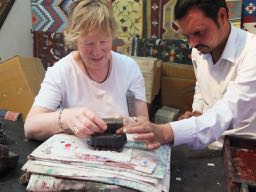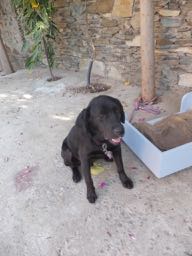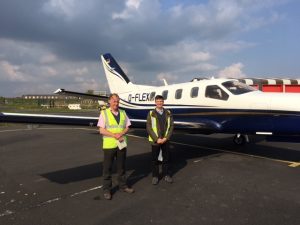Yesterday we drove from Agra to Delhi. In contrast to all our other driving, we joined an expressway for most of this journey which for the most part was on an almost empty road. Having made the outskirts of Delhi in under three hours, including a short stop, the final part of the journey to our hotel took the best part of another hour.

We are staying at the Imperial Hotel which is as grand as its name suggests, built in the early 1930’ties in Art Deco style with wide passages and high ceilings. After unpacking, we had a ‘light buffet’ in the cafe before an afternoon drive around the Lutyens part of New Delhi.
We started off by driving up the Tajpath to see the Presidential Palace and Government buildings. They are fine in their way but do not have the beauty of the older monuments that we have seen over the past few days.
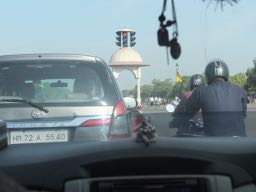

Then we went to visit Gandhi Smriti at Birla House where Mahatma Gandhi stayed for the last five months of his life before his assassination in early 1948. There were some interesting posters of his life, qualifying as a barrister at Inner Temple, and then in South Africa for some years before returning to India.
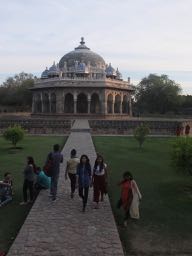
From there to Humayun’s Tomb which preceded the Taj Mahal and with the ‘Little Taj’ inspired the design for the Taj Mahal. Next door was an even older mausoleum for Isa Khan which in some respects was more interesting with its inside painted roof. Lastly we stopped by at the India Gate erected in memory of those who died in the First World War whose names are inscribed on an otherwise rather heavy structure.
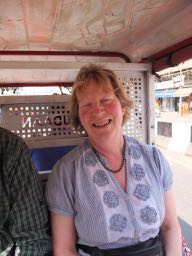
Today we went off to the Old Town; we started by exploring various markets on foot with intervening rickshaw rides – much bustle and then we visited the Red Fort. This was more imposing outside with its high red sandstone walls than inside where many of the buildings were demolished by the Brits after the Indian Mutiny in 1857, known here as the First War of Independence. Later rather uninspiring barracks were built. Much of what was left is currently under restoration so limited sightseeing only was possible but there were some pleasant garden areas.
There appeared to be some sort of demonstration going on so the traffic jams were worse than ever but eventually made it to a Sikh Temple for our final visit of the day. Much gold here and a need to put on head dress before we could go in but overall an interesting visit where we learnt about the charitable side of the Sikh religion.
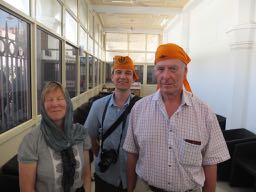
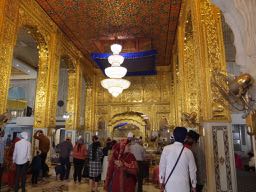
Then back to the hotel for a swim and relax as we leave early tomorrow for Ahmedabad to start our return journey.
